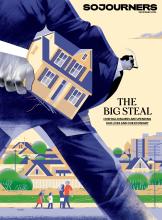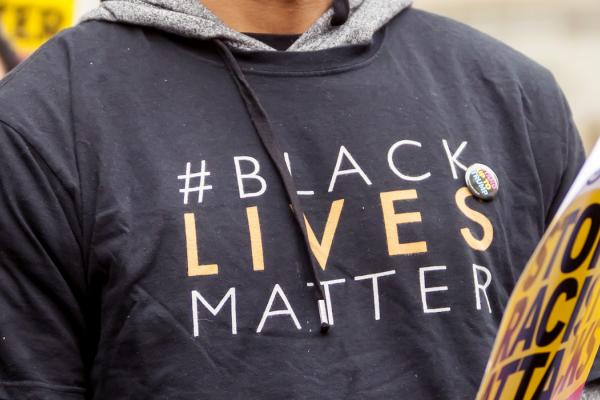Apr 10, 2017
But more deeply than that, framing Terence’s last gasp of life in the texture of local challenges shows the frailty of black Tulsa’s dream of equal treatment. We need to ensure Terence does not become another note on a scale of the pain felt by countless black and brown lives. It’s only been seven months and the voices of those affected by this history have been diminished.
Read the Full Article

Already a subscriber? Login
